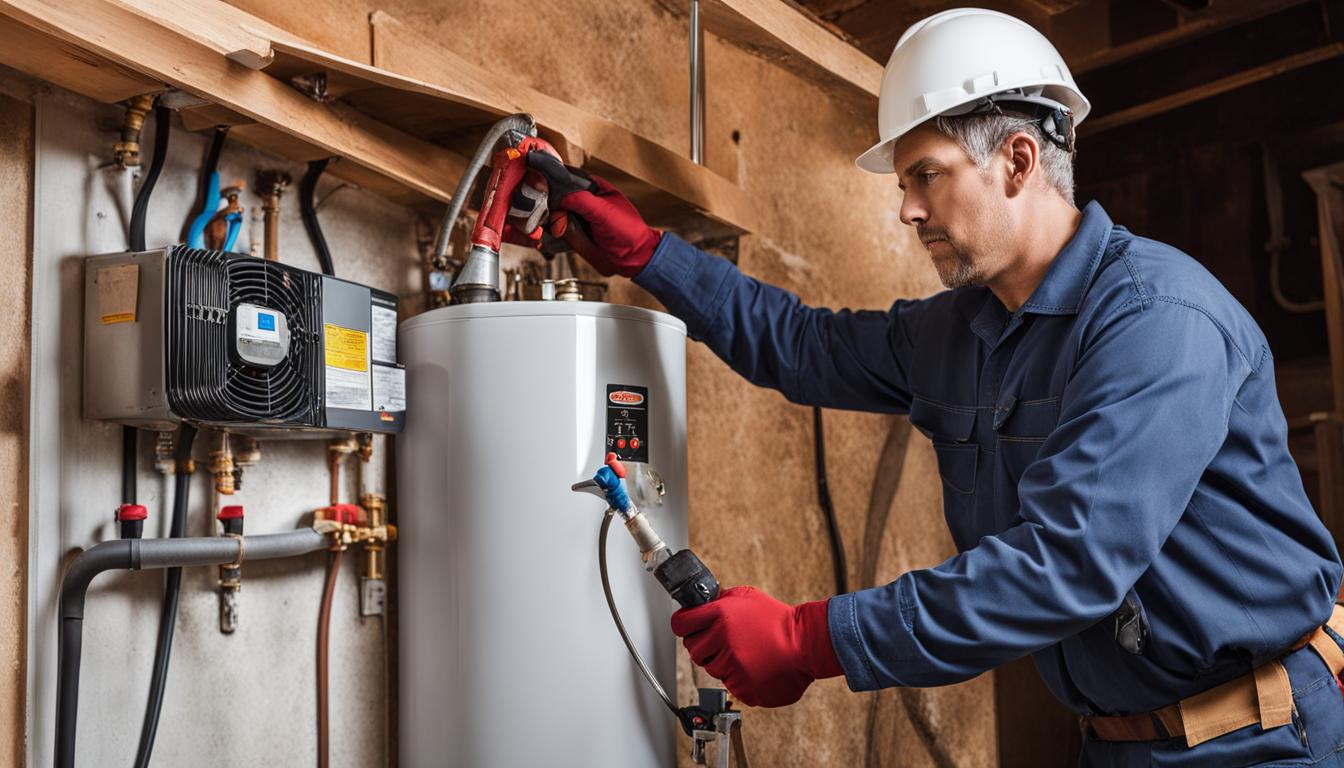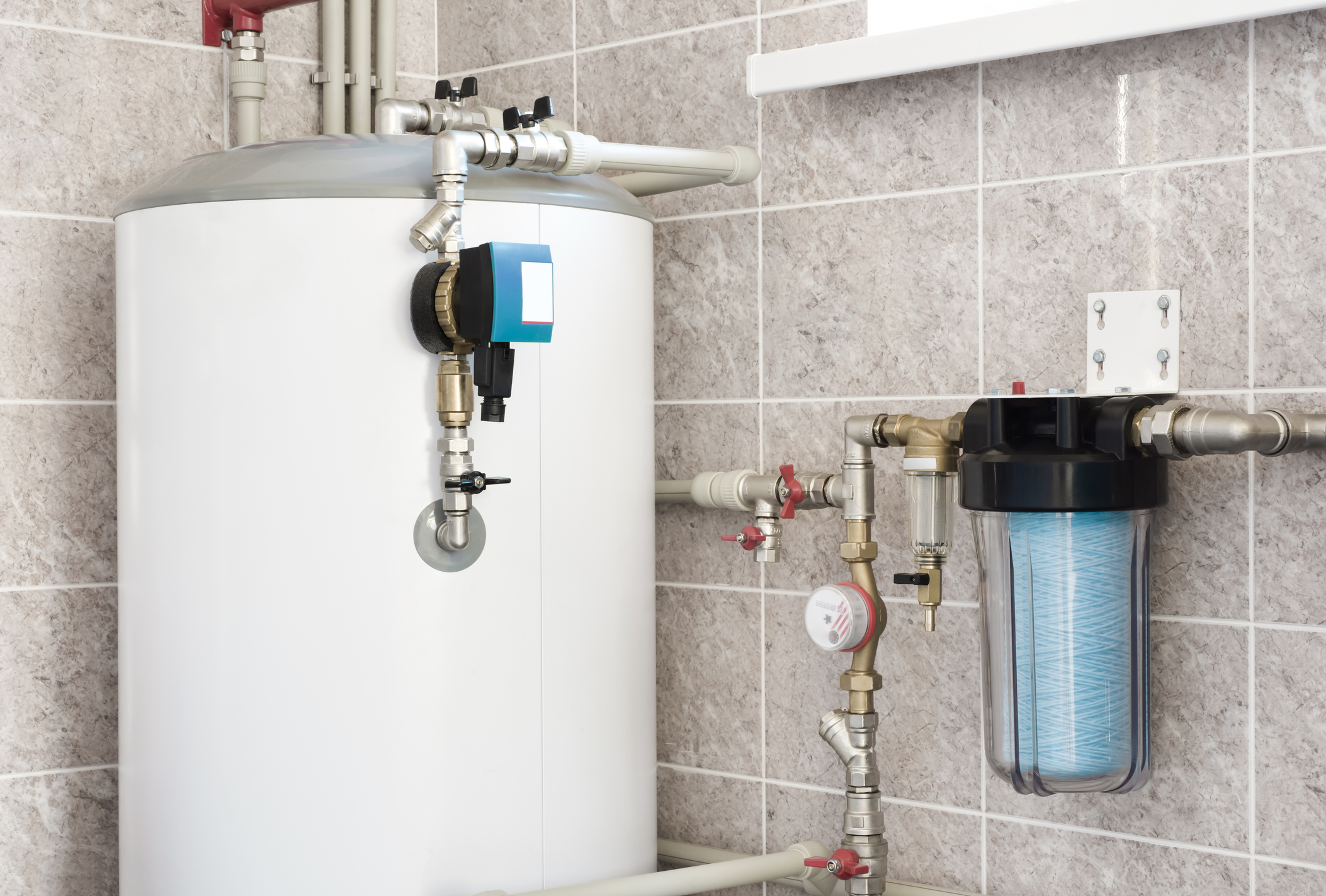Do you find yourself trying to find selective information about Tips For Maintaining Your Hot Water Heater?

Warm water is necessary for everyday comfort, whether it's for a revitalizing shower or cleaning meals. To ensure your hot water system runs successfully and lasts longer, normal maintenance is key. This post offers practical pointers and insights on just how to preserve your home's hot water system to stay clear of interruptions and costly fixings.
Introduction
Keeping your home's hot water system could seem daunting, yet with a few simple actions, you can ensure it operates efficiently for several years to come. This overview covers every little thing from understanding your hot water system to do it yourself maintenance ideas and recognizing when to contact specialist help.
Value of Maintaining Your Hot Water System
Normal upkeep not just extends the life-span of your warm water system but likewise ensures it runs efficiently. Neglecting upkeep can cause reduced performance, higher energy bills, and also early failing of the system.
Signs Your Warm Water System Needs Upkeep
Recognizing when your warm water system requires attention can stop significant concerns. Keep an eye out for signs such as inconsistent water temperature level, weird noises from the heater, or corroded water.
Recognizing Your Hot Water System
Before diving right into maintenance jobs, it's handy to understand the basic components of your hot water system. Usually, this consists of the hot water heater itself, pipelines, anode poles, and temperature controls.
Monthly Maintenance Tasks
Regular regular monthly checks can assist capture minor problems before they escalate.
Flushing the Water Heater
Flushing your water heater eliminates debris accumulation, enhancing efficiency and lengthening its life.
Monitoring and Changing Anode Rods
Anode poles stop rust inside the storage tank. Checking and changing them when worn is vital.
Evaluating and Changing Temperature Settings
Adjusting the temperature level setups makes certain optimum efficiency and security.
DIY Tips for Maintenance
You can perform several upkeep jobs yourself to keep your warm water system in leading problem.
Checking for Leaks
Consistently evaluate pipelines and links for leaks, as these can result in water damages and greater costs.
Evaluating Pressure Relief Valves
Testing the pressure safety valve guarantees it works properly and stops extreme stress accumulation.
Protecting Pipes
Insulating warm water pipelines minimizes warm loss and can save power.
When to Call an Expert
While DIY maintenance is beneficial, some problems need expert competence.
Complicated Problems Requiring Professional Help
Instances consist of significant leaks, electric troubles, or if your hot water heater is consistently underperforming.
Routine Specialist Upkeep Perks
Specialist upkeep can include thorough assessments, tune-ups, and guaranteeing compliance with safety and security criteria.
Final thought
Routine upkeep of your home's warm water system is essential for performance, longevity, and expense financial savings. By complying with these suggestions and understanding when to seek expert aid, you can make sure a reliable supply of hot water without unanticipated interruptions.
How to Maintain an Instant Hot Water Heater
Before tinkering with your hot water heater, make sure that it’s not powered on. You also have to turn off the main circuit breaker and shut off the main gas line to prevent accidents. Also turn off the water valves connected to your unit to prevent water from flowing into and out of the appliance. 2. When you’re done, you have to detach the purge valves’ caps. These look like the letter “T” and are situated on either side of the water valves. Doing so will release any pressure that has accumulated inside the valves while at the same time avoid hot water from shooting out and burning your skin. 3. When the purge valves’ caps are removed, you have to connect your hosing lines to the valves. Your unit should have come with three hoses but if it didn’t, you can purchase these things from any hardware or home repair shops. You can also get them from retail stores that sell water heating systems. Read the user’s manual and follow it to complete this task properly. When the hosing lines are connected, open the purge port’s valves. 4. You should never use harsh chemical cleaners or solutions when cleaning your unit. Make use of white vinegar instead. It should be undiluted and you’ll probably use about 2 gallons. 5. Now flush your water heater. This task should probably take about 40 minutes. We can’t give you specific directions for this because the procedure is carried out depending on the type, model and brand of your heater. With that being said, refer to the user’s manual. 6. When you’re done draining the unit, you have to turn off the purge port valves again. Remove the hosing lines that you earlier installed on each of the water valves. Put the valve caps (purge port) back in their respective places and be very careful so as not to damage the rubber discs that are found inside these caps. 7. Now that everything’s back in place, check your user’s manual again to find out how to reactivate your water heating system. 8. Once it is working, turn one of your hot water faucets on just to let air pass through the heater’s water supply pipes. Leave the tap on until water flows smoothly out of it. https://www.orrplumbing.com/blog/2014/september/how-to-maintain-an-instant-hot-water-heater/

Do you really like more info about How to Maintain a Hot Water Heater in a Few Simple Steps? Write feedback further down. We'd be happy to know your thoughts about this blog posting. Hoping that you come back again in the future. Are you aware of somebody else who is interested by the topic? Feel free to promote it. We value your readership.
Click Here